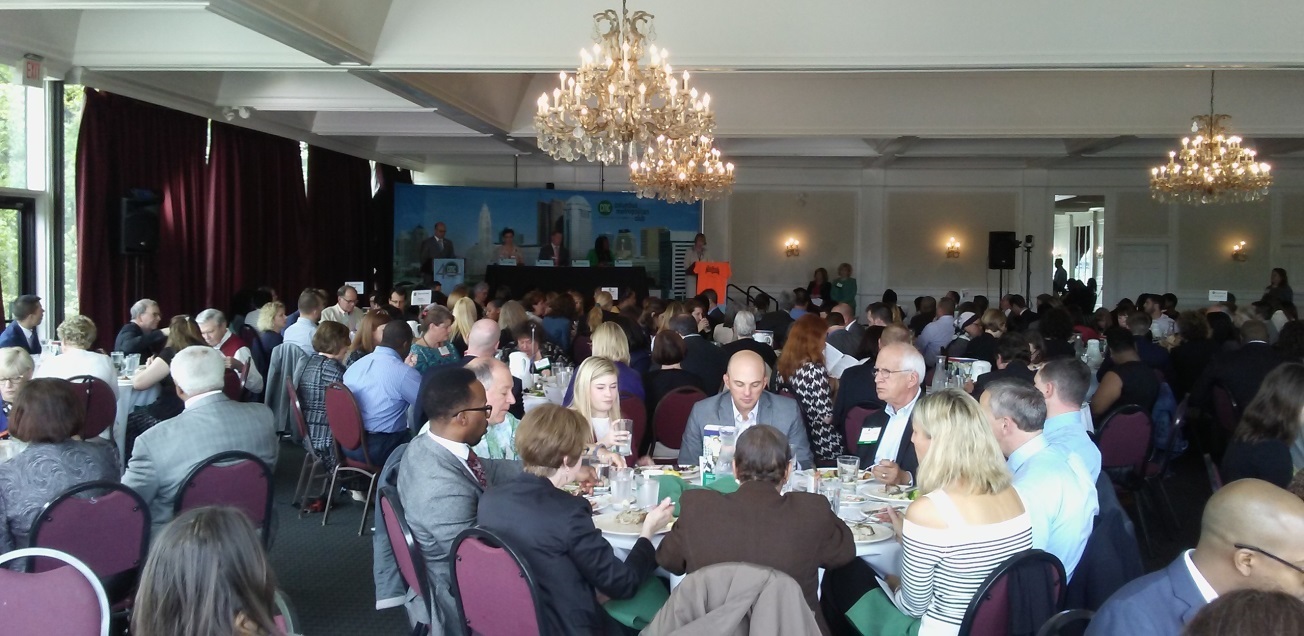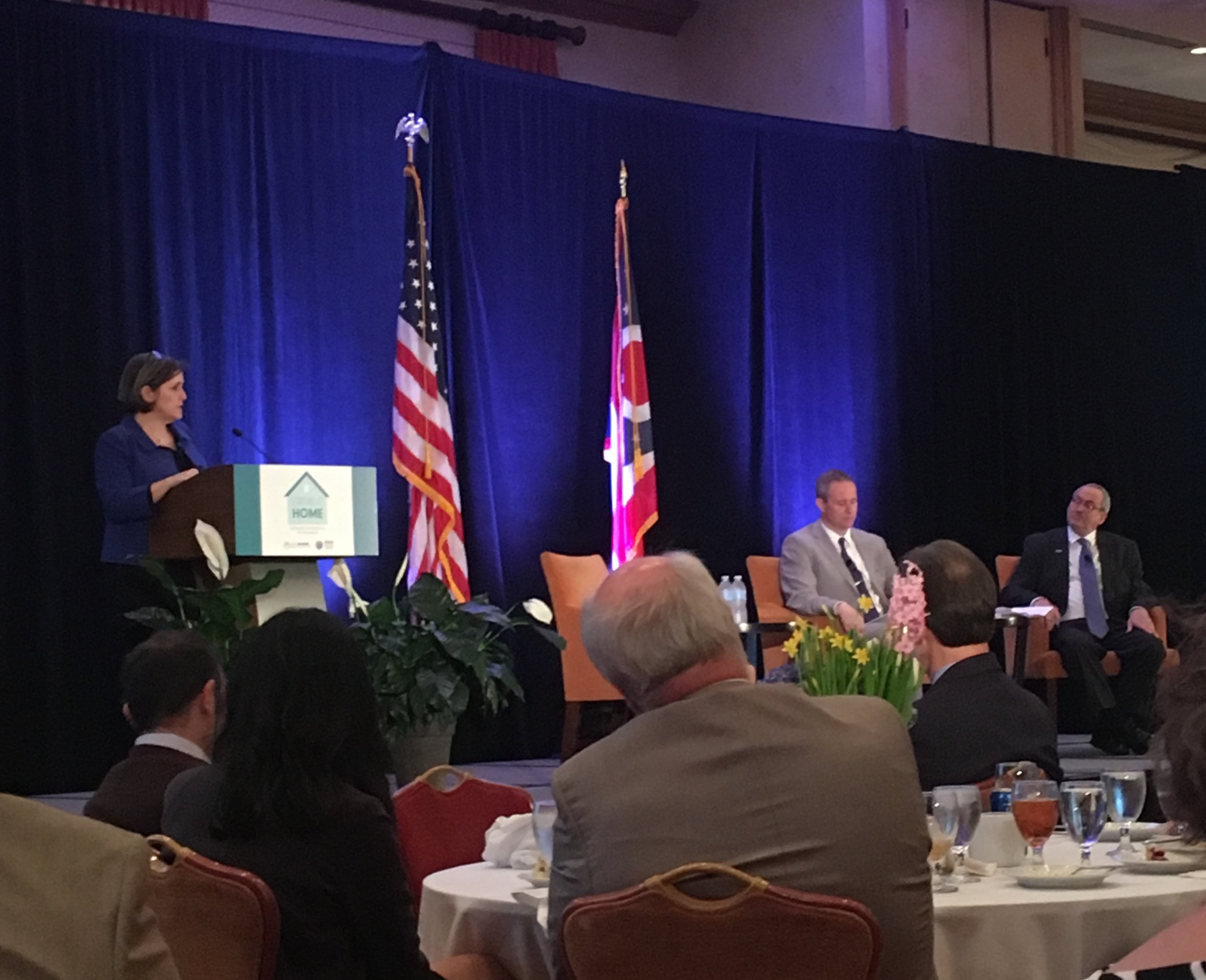By Torey Hollingsworth, GOPC Manager of Research and Policy
Last week, the Ohio CDC Association and Ohio Citizens for the Arts held a day-long workshop on creative placemaking in Zanesville. Hosted in the studio and gallery of local artists and community advocates Michael and Kathy Seiler, the workshop focused on the intersection between the arts and community development.
According to instructor Brian Friedman of Plan F Solutions, creative placemaking is the process of strengthening communities through the arts. More than just arts-based economic development, creative placemaking is a holistic, arts-centered approach to transforming communities into more equitable places for residents to live and work. Creative placemaking projects bring artists in as co-equal partners in development efforts and have an explicit focus on preventing displacement. These projects have a real focus on engaging grassroots leadership and an ultimate goal of building a stronger community – not just a real estate development.
In Zanesville, the ideals behind creative placemaking have been put into action as a group of local artists have rehabilitated vacant houses, industrial space, and storefronts to create new studios, galleries, and homes. A group of artists is working with a developer and the city topurchase and restore a series of historic buildings on Main Street, with the intention of creating new residential options downtown. Michael and Kathy Seiler have purchased and rehabilitated homes near their studio with the goal of drawing new residents to the city’s core. Many artists are members of theArtist Colony of Zanesville, which is dedicated to “community development and economic growth” in and around downtown. The Artist Colony also hosts a monthly First Friday event, which draws visitors downtown as the galleries open to the public.
Greater Ohio Policy Center’s research on smaller legacy cities has found that placemaking is one strategy that helps promote urban revitalization in smaller communities that have experienced significant economic change. Building on an authentic sense of place can help attract and retain talented residents that draw jobs, new amenities, and other investment.









